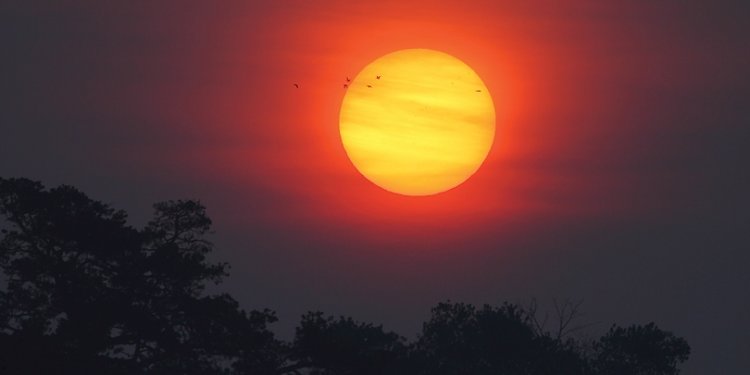
Facts about Australian Aborigines
For many thousands of years, the night sky has intrigued people from all over the world. Different societies around the world created their own interpretations, stories and meanings for the things they observed in the night sky. Australian Aboriginal culture has its own astronomy with its own stories and traditions which has survived for over 60, 000 years, making it the oldest astronomy using cultures in the world.
Aboriginal culture is massively diverse with over 400 different language groups in different regions of Australia. Different cultural groups have formed their own explanations of the sky and these have different meanings and importance. While not every story is the same across the country, some stories are common to many different Aboriginal groups.
Meteors have been seen as omens, tools, beginnings, endings, weapons and rewards. Shooting stars were seen by some as ‘fiery demon eyes’ and were omens for death and disease. The Warlpiri people from an area in the Northern Territory also believed that the Tjukurrpa was brought to earth by wise men travelling as falling stars and bringing stories to the people. An Arrernte and Luritja Tjukurrpa of central Australia tells the story of the beginnings of life being brought to Earth by the animal Kulu.
All the animals had a big meeting. Who was going to carry the egg of life up to the universe? The Kulu was chosen. When you see where the egg of life was carried. Meteorite has landed and dropped, split three ways. This is our memory of the Kulu. And life began (Hamacher, D. 2011)
Cultures around the world have used stories about constellations – pictures in the stars – to help interpret and make use of what we can see in the night sky. Some Aboriginal constellations are constructed by looking for the spaces between stars, rather than the stars themselves.
The well-known constellation of Orion the hunter was also observed by Aboriginal people. The Yolngu people of the Northern Territory called the same constellation Djulpan. In Djulpan, the three stars we know as Orion’s Belt represent three brothers fishing in a canoe. The Djulpan brothers are chasing a group of sisters – represented by the Pleiades constellation. This is surprisingly similar to the European story of the hunter Orion chasing the Seven Sisters.
The night sky was also important as a calendar for Aboriginal Australians. The movement of constellations was connected to the changing of the seasons and the availability of food sources. The Boorong people knew that mallee-fowl would build their nests at the same time when the star Lyra appeared in the sky. For the Yolngu people, the rising of the Scorpius constellation heralded the arrival of Macassan fishermen from Indonesia and the Pitjantjatjara people knew that winter began when Pleiades rose in the dawn sky.
Some of the information in this fact sheet has been collected by Ray Norris and Duane Hamacher.
Thanks to Simon Forrest, Elder in Residence at Curtin University for his contributions.
GLOSSARY
Arrernte: The Arrernte are the traditional owners of the Arrernte lands in Central Australia which includes the town of Alice Springs.
Boorong: The Boorong people are an Aboriginal Australian group whose traditional lands are near Lake Tyrell in North-West Victoria.
Constellation: A constellation is a defined region of the celestial sphere (night sky) that can be interpreted to form a shape when viewed from the Earth. They are often constructed like a dot-to-dot picture in the stars. Stars within constellations are not actually related, as they are at varying distances from the Earth, but are useful for identifying regions of the night sky.
Djulpan: Djulpan is the name given to the constellation of Orion by the Yolngu people. The constellation depicts the three stars in Orion’s belt as three brothers fishing in a canoe who were banished into the heavens for eating king-fish which was against the law in the king-fish clan.
Luritja: The Luritja lands border the lands of the Arrente people to the West and are South of Alice Springs.
Macassan: The Macassan are Indonesian fishermen who regularly landed on the northern coast of Australia to trade with local Aboriginal people.
Pitjantjatjara: The Pitjantjatnara are the aboriginal people of the Central Australian desert. The rock formations of Uluru and Kata Tjuta are some of their sacred sites.
Tjukurrpa: Tjukurrpa is the central Australian Aboriginal word for the understandings, laws and explanations of the spiritual and natural world.
Warlpiri people: The Warlpiri people are traditional owners of lands north of the Luritja country in the Northern Territory.
Yolngu people: The Yolgnu people are the traditional owners of lands in the northeast of the Arnhem shelf in the Northern Territory. Their proximity to the Northern coastline meant that these people were able to trade locally found sea cucumber with Indonesian fishermen.

















